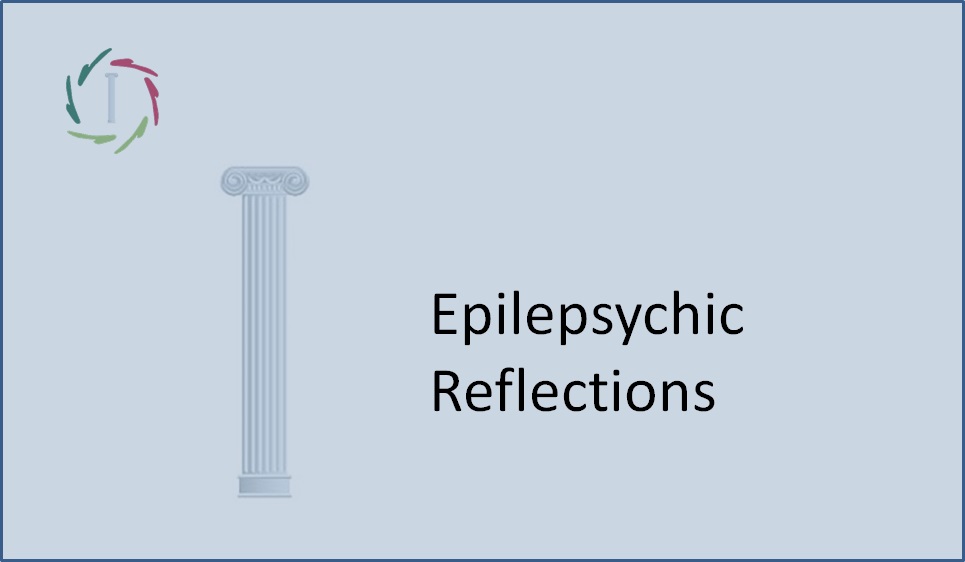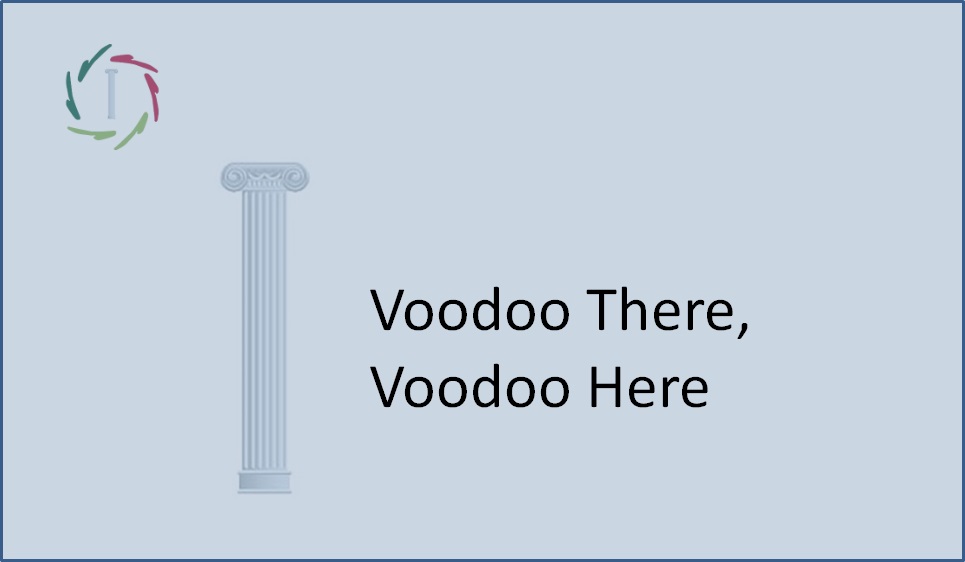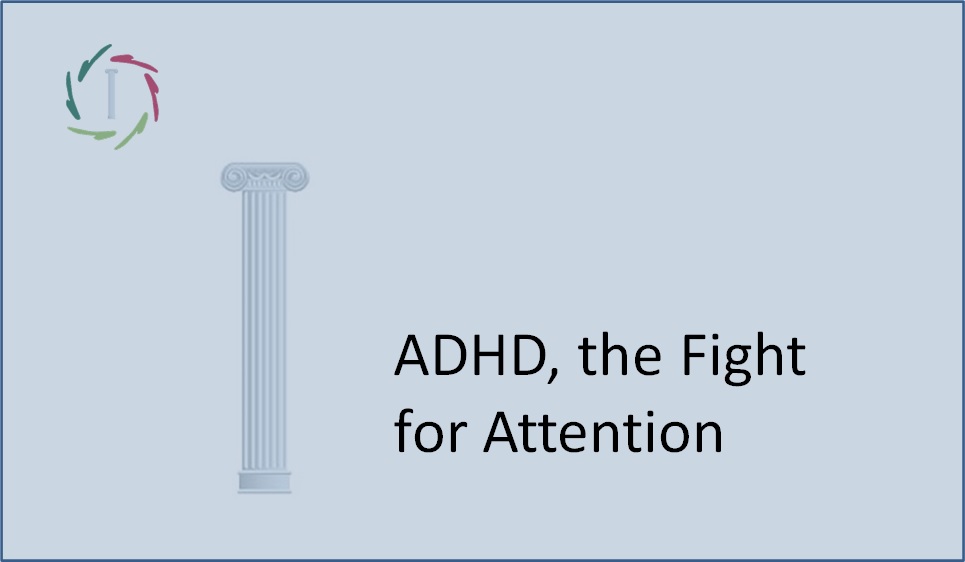7. Epilepsychic Reflections

Taking the mind-body unity into account leads to a more patient-friendly environment.
State of affairs according to PubMed referenced literature:
PNES-patients (Psychogenic Non-Epileptic Seizures) suffer seizures that resemble epilepsy but EEG does not show typical anomalies related to epilepsy. These people are believed to have psychic problems that cause these seizures. According to literature we cannot clinically distinguish these groups. Only video-EEG, consisting of taking an EEG and recording a live video feed during the clinical seizure, is considered to provide an adequate differential diagnosis between PNES and genuine epilepsy.
This raises the question: if people with or without EEG-anomalies show equal clinical symptoms, to what extent can we deduce that the EEG-anomalies are expressing a direct causal relationship? The answer according to pure logic is straightforward: none.
A mere association is never evidence for a causal relationship.
In case: something completely different may give cause to the discharge (hence the EEG-anomaly) as well as to the symptoms. It only appears evident that the discharge causes the symptoms since they occur simultaneously. Strangely enough in some cases they do not. This screams for a revaluation. Well, what is often accompanied with a discharge? Correct: a prior ‘charge’ – regardless of how this looks like. Is it possible that ‘charge’ is the cause of the discharge at the one hand and subsequent epileptic symptoms at the other (perhaps triggered but not caused by the discharge)? The purely logical reply is once more straightforward: yes.
A different landscape
We end up in a different setting, one where in a number of people the ‘charge’ leads to more symptoms just because there is no swift follow-up ‘discharge’.
With a swift discharge, the patient is less oppressed by an excessive ‘charge’. Smaller discharges function as a kind of lightning rod.
This accords with studies involving children with autism that sometimes show small discharges, typical for epilepsy on EEG, without experiencing clinical epileptic seizures. Such EEG-anomalies show up in about 20-25% of all PNES patients in between seizures (so, in the same patients: seizures without discharges and discharges without seizures). This also coincides with the fact that PNES patients usually have a more negative prognosis than epileptics. A patient with ‘epileptiform seizures’ is thus someone who encounters ‘charge’ and is furthermore left stranded between two poles. One side includes major ‘discharges’ that prevent a further ‘charge’.
At the other pole there are no major discharges and so the ‘charge’ will continue to develop into an increasingly larger wave.
The latter is also consistent with the facts, namely: PNES seizures frequently last much longer (up to one or two hours) than the typical, shorter seizures of epilepsy (one to two minutes).
Additional interesting facts: a prior history of psychopathology also occurs more than average in epilepsy (with 4.8 times more behavioral disorders during childhood). Stress, anxiety and depression are clear risk factors for epileptic seizures. Most patients with epilepsy believe that distress increases the chance of seizures and that relaxation reduces this chance. Many have stated to be able to consciously self-provoke a seizure and, also, in an early stage and through relaxation, stop one.
Direct practical consequence
The strict difference between PNES and epilepsy fades completely. This suits the paradigm of mind-body unity (see a previous column). An anatomical brain disorder obviously requires an anatomical solution. Usually – however – an obvious disorder is absent.
Apart from this – if this hypothesis is correct – probably all patients who have symptoms generated by a ‘charge’ would benefit from a thus focused approach.
Such an approach also includes psychological measures.
Conclusion: this is a hypothesis (indeed, a hypothesis at this moment) that fits closer to the facts than the current and still predominant Cartesian model. Don’t these facts invite another model?


